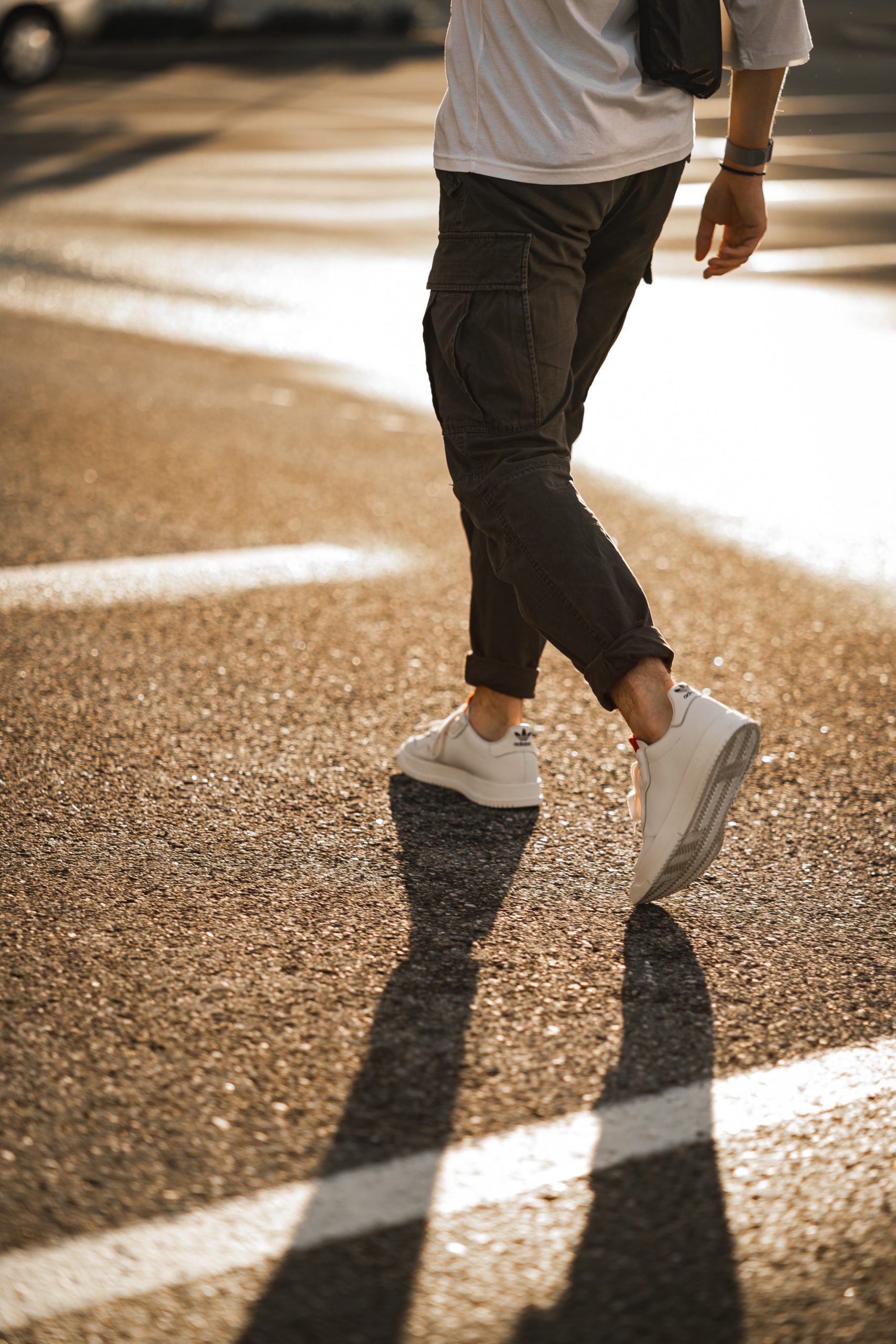Photo by Dave Goudreau on Unsplash
By: Karen Donelson DPT, GCFP
The idea for the phrase, ”One pelvis, two legs” began as an off-handed comment. A quip. A cue for a client. As a practicing orthopedic physical therapist for the last 36 years, I typically see clients who have a split body image, a belief that there is a “good side” and a “bad side”. Maybe the idea of “one pelvis, two legs” resonates with my students because they can begin to experience a whole body in action. What happens or what is possible when you begin to have both a kinesthetic experience and the intellectual understanding of the wholeness of yourself?
As the idea of “one pelvis, two legs” has evolved, I have used it as an entry to help students get comfortable with the common activities of sitting, standing and walking. I think of these three important life activities as more active than static; more transitional then positional. As we move from one to the other, we acquire information that informs the next activity.
The idea that weight shift and balance is transitional is not what most people have read or been told. However, in my years of working with students, I have found that few of them have lost their balance standing still on two feet. They usually have lost balance when they are in motion. What I often notice is that those with the worst balance problems never shift their weight.
Think about how balance issues are traditionally addressed. The most common way to improve balance is to stand on one leg and brush your teeth or count to 10. With this approach, students gird themselves to achieve a goal without having any appreciation for how they got there and what they have to do to keep it. Here, a person does not have the experience of what it feels like to move into balance and away from balance; there is no opportunity to feel, on a kinesthetic level, when they are centered over one leg and then when they are no longer centered. The ability to regain and find a place to balance is often the difference between falling to the ground or remaining standing.
When I work with students, I want them to be able to find their standing leg. Some will regain the ability to walk better or farther with less pain, fatigue or better balance. For others, it is the beginning of learning a new approach. For many years I have worked with dancers at the highest level and have taught yoga in both medical settings and in studios. These students feel amazed about the improved quality of movement and the achievement of doing complex movements more easily.
At the end of my physical therapy program I remember a professor saying, “By the way, the body works together as a whole”. After countless hours of coursework focused on memorizing each detail of anatomy and physiology, I realized that one statement summed up what had been my entire reason for enrolling in a physical therapy program. The human body is more than just individual parts; it is the sum of all of its parts in action.
My Feldenkrais® training brought me home to a place where I could bring together the science of my physical therapy background with the art of movement and the whole person in action. Movement and figuring out how a body works as one coordinated action has always been, and will continue to be, my first love.
Karen Donelson’s workshop titled, “One Pelvis, Two Legs – Finding the Power in your Pelvis” is on Saturday, September 12, at 9am PDT. It is open to Feldenkrais® Practitioners, Trainees and members of the public.
I have been inspired and humbled during my 35 years of daily work and study as a Physical Therapist and Feldenkrais® Practitioner. Each day, I am entrusted by my students in their efforts to find solutions to their movement problems. karendonelson.com/

